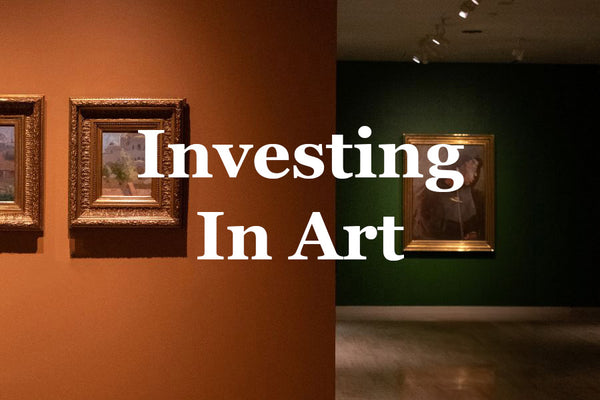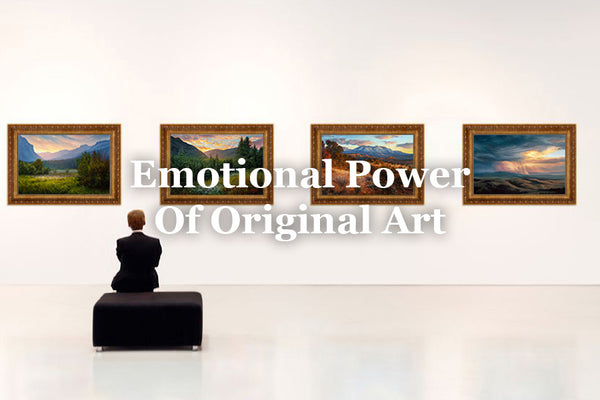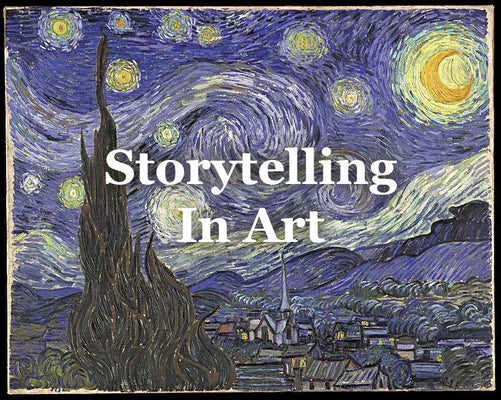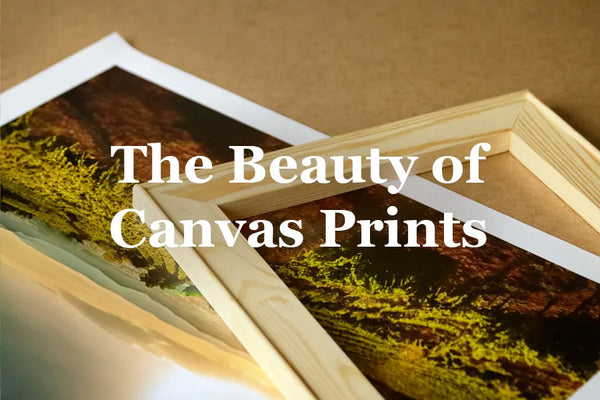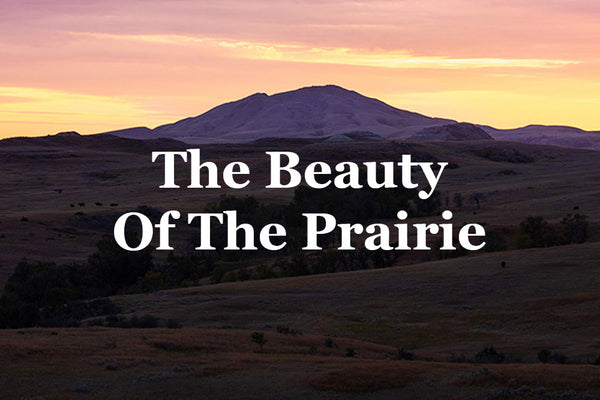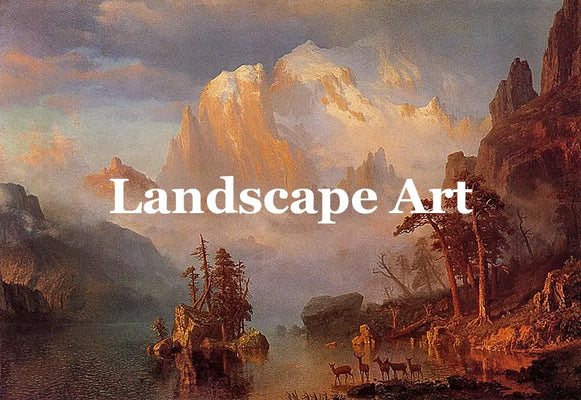In this painting, I aimed to convey the dramatic atmosphere of a storm brewing over the ridge while showcasing the elk in its natural habitat. Through careful consideration of color and composition, I wanted to bring out the beauty and tension of this moment in nature. Join me as I share the inspiration and techniques behind this artwork, from the initial concept to the final brush strokes. In this blog, you'll read about the process, the materials I used, and the creative story that led to this painting.

The Backstory
The end of the day is the beginning of another for many on the landscape. This scene tells more than one story when I think about it. At first glance, it’s easy to see that a bull elk steps out on the open ridge and lets out a bugle to echo across canyons. It could be morning or night by the looks of the sky, but when I think about elk, I tend to look deeper. A bull bugling signifies it’s likely fall. The subtle hint of sage in the foreground suggests it’s somewhere higher up in the West.
In a place like this during this time of year, the air can be dry and the sight of thunderheads is often less common. On hot days, however, as the sun sets and the warmth is greeted by the chilling fall temperatures, storms can quickly emerge. In my mind, it must be dusk and the warm weather is finally breaking for the day. As the bull steps out onto the ridge, looking out and down below, it also makes me think he’s leaving his bedding area for the night rather than coming to it. A day like this is surely in early fall, and this bull is eager for the weeks ahead.
I imagine dark timbered slopes with open sage on the sunny sides. A bull finds himself resting along the edge near the top of a ridge. The sun falls towards the western horizon and the clouds begin to form. The closer it gets to sunset, the faster the temperatures begin to drop. In the final moments of dusk, the air becomes still and the colors put on a show. The bull steps out from the timber and walks out to the edge, grazing along the way. A few minutes go by and the faint sound of a distant bugle rings out. The bull lifts his head and returns the call. The night has begun.

Composition
Aside from the design being something I like, I went with a vertical design again because I’m interested in exploring this format. I do a lot in horizontal paintings, and I hope to become more well-rounded in my understanding of composition. So, I’m looking to use these smaller works to experiment with vertical and perhaps square sizes. These shapes tend to get me thinking more about the placement of the horizon and the focus of the sky.

My Color Palette
For the first time, I decided to leave out red from my palette and use a CMYK setup. So, my colors include phthalo blue (C), magenta (M), and two yellows (cad yellow deep and lemon). I also kept in cad orange as it bridges the gap between the yellows and magenta. My black (K) was mixed with magenta, blue, and a bit of yellow deep. My white was titanium white.
In the sky, I mixed a little white with my black and warmed up the mixture as I got lower around the cloud. Low in the clear sky, I used orange and yellow deep and white to brighten it. It was important that I blocked in all areas of the sky first so that I understood my values, starting with thin scrubs. Brightening the brightest area of the cloud and moving away and down followed with yellow lemon, yellow deep, and orange, and then magenta. Keeping the mixtures muted, I also made sure to step my way through those colors in that order.

The Painting Process
This is the first time using an oil ground for my primer. I used an alkyd lead white oil ground on an ACM panel. The first thing I noticed was the aluminum surface stays cooler to the touch and keeps my paints open and workable a bit longer, which I like. The lead oil ground was more slick and my paints seemed to feel creamier during the application. The painting had a red oxide wash applied and dried first, and was finished wet thereafter. I scaled down from a ½” flat brush to a small trimmed dagger throughout the painting. I sketched on the elk with a grey and a liner, removed the paint with a painted q-tip, then repainted it to be darker.
Adding more variety in my brush types seemed to help overall moving forward. I thought the scene came out feeling very natural, and I think my limited color palette helped with that. The oil ground seems to draw less away from my colors as well, keeping them brighter which I also liked. Changing things in my process and techniques has always been helpful for my progression. I came up with fewer things to change with my materials and tools that I use, so this seems like a big step I’m taking. We’ll see how it changes things moving forward, but I’m quite pleased so far.


